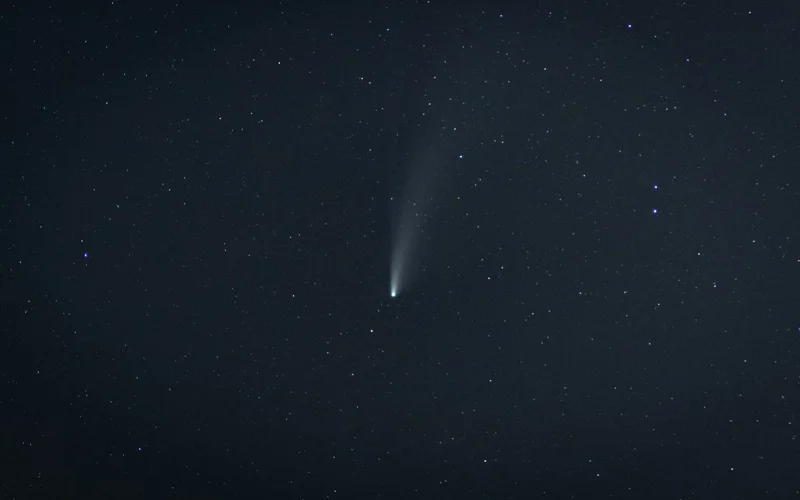ESA detects rare interstellar comet
Astronomers have discovered a rare interstellar comet that has travelled into our Solar System from deep space. Named 3I/ATLAS, it is only the third known object of its kind, following the famous 1I/ʻOumuamua in 2017 and 2I/Borisov in 2019, Kazinform News Agency correspondent reports, citing ESA.

The comet was first detected on July 1 by Asteroid Terrestrial-impact Last Alert System (ATLAS) telescope in Río Hurtado, Chile. Its unusual trajectory quickly led international astronomers to confirm its interstellar origin.
Currently, 3I/ATLAS is about 670 million kilometres from the Sun and will pass just inside Mars’ orbit in October. It is estimated to be up to 20 kilometres wide, and it is travelling at roughly 60 km/s relative to the Sun. The comet poses no threat to Earth, coming no closer than 240 million kilometres – more than one and a half times the distance between Earth and the Sun.
ESA has already deployed telescopes in Chile, Australia, and Hawaii to track the comet and search for its traces in older sky surveys. Scientists believe that as it approaches the Sun, the comet will begin releasing gas and dust, forming a glowing tail. However, at its closest point, it will be hidden behind the Sun and is expected to reappear only in December.
Interstellar comets carry valuable information about planetary systems beyond our own. ESA is preparing its Comet Interceptor mission, which aims to intercept and study such objects up close in the future.
Earlier, Kazinform News Agency reported that The COSMOS-Web project has released 1.5 terabytes of astronomical data to the public, offering the most comprehensive view of the deep universe to date.

